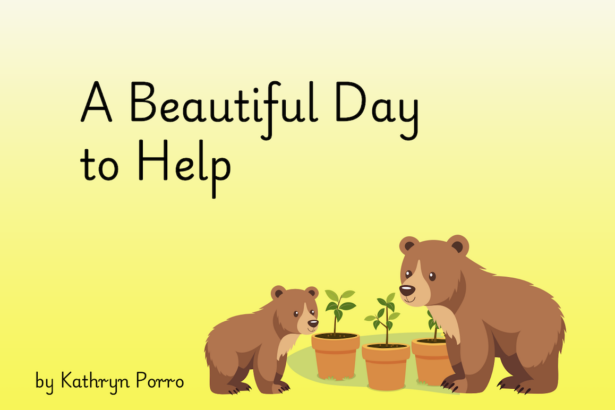Feeding Frenzy: Instructional Version is a game aiming to help children in elementary schools learn more about marine life and the importance of protecting the ocean. Based on Feeding Frenzy, the players can control the fish to move around in the sea, trying to escape from the predators and lethal pollutants. Before each game level starts, fish that would appear will be introduced to players. After each game level, there will also be a short video story and a quiz about the marine animals shown in each level. Learners can take the quizzes to earn more points and unlock more story characters.

Screenshot of the level choosing page in Feeding Frenzy: Instructional Version.
The idea for this project came from a whale-watch trip. When I was on the ship, the captain introduced different characteristics and habits of whales, and I was impressed by the introduction. At that moment, a thought came into my mind: if I had known something about the whales, maybe I could recognize them when they showed up and introduce them to my friends. Because of this, I planned to design a game to help children learn more about marine life. Hopefully, when they go on a whale-watch trip, they can recognize those animals and introduce them to their friends.

Screenshot of the instructional page in Feeding Frenzy: Instructional Version.
Also, when I was traveling on the ocean, I noticed that some children threw plastic waste into the sea, and that happened when we were still in the area where whales live. In this case, I suppose helping children realize the importance of protecting the ocean should also be concluded in the learning goals. That is why I decided to add some elements of human influence to this game. For example, the plastic bag would float in the water and the fish controlled by players can be choked to death if they “eat” too many plastic bags. To align with reality, the game will not end immediately after the fish “eat” the plastic bag. The fish would first slow down, and they will die if they “eat” three plastic bags. In this way, I hope the importance of protecting the ocean can be stressed.

Screenshot of the game page in Feeding Frenzy: Instructional Version.
I had planned to create a story that is quite attractive so I can guarantee that children will keep playing this game. However, after the storytelling workshop, I changed my mind. Now I believe the story of my creation of this game is good enough, and it can help me attract those who share the same interest. I added the character Ruby, and she would tell the story and start the adventure with the players.

Screenshot of Ruby’s introduction in Feeding Frenzy: Instructional Version.
While designing this project, I followed the “bottom-up” order: setting up the learning goal first, and then trying to determine what kind of formats can help me reach the goal. As someone who gets lost easily in my thoughts, this thinking pattern allows me to keep in mind what the goal is and always stick to the goal. In this way, I can guarantee that my project is on the right track. I also wondered if my project could be counted as participatory design as I didn’t choose my project audience in a traditional way. This project was largely based on my own needs. On the other hand, part of my project goal is to help children realize the importance of ocean protection. I am presuming that they don’t know the importance based on the single individual case I observed. Because of this, it is hard to know if my project can have a great influence on children and it can be hard to promote. However, if this game can be combined with institutions that have the same intention as I do, maybe this game can be more helpful.
This is my first attempt at creating a game using Scratch and I have never tried coding before. Different problems appeared and the game interface was quite different from my imagination. However, I learned about how to design and push a project forward, and I also got to know more about different fish. I hope this game can be helpful for others, especially our next generation.
-760x506.png)


